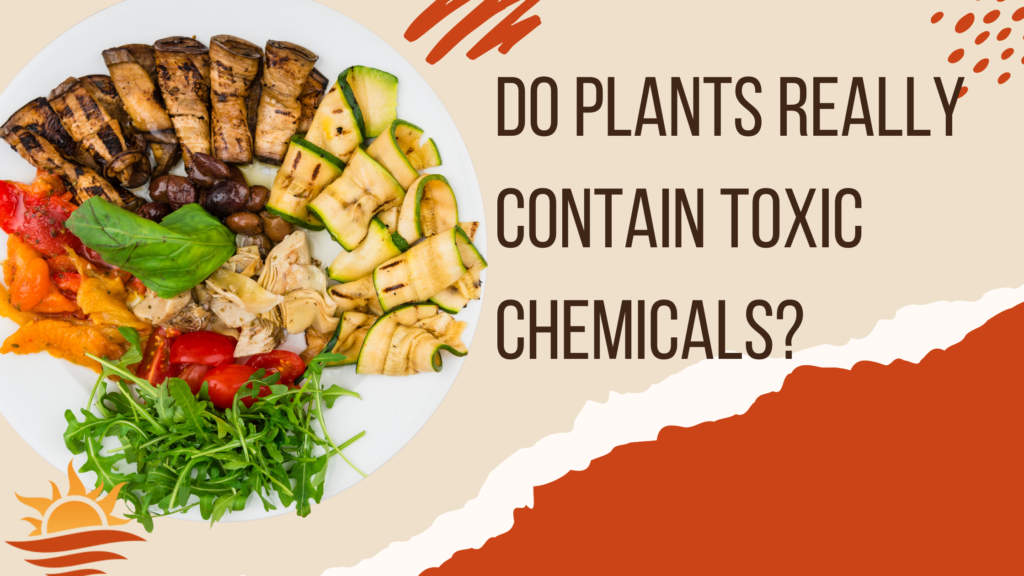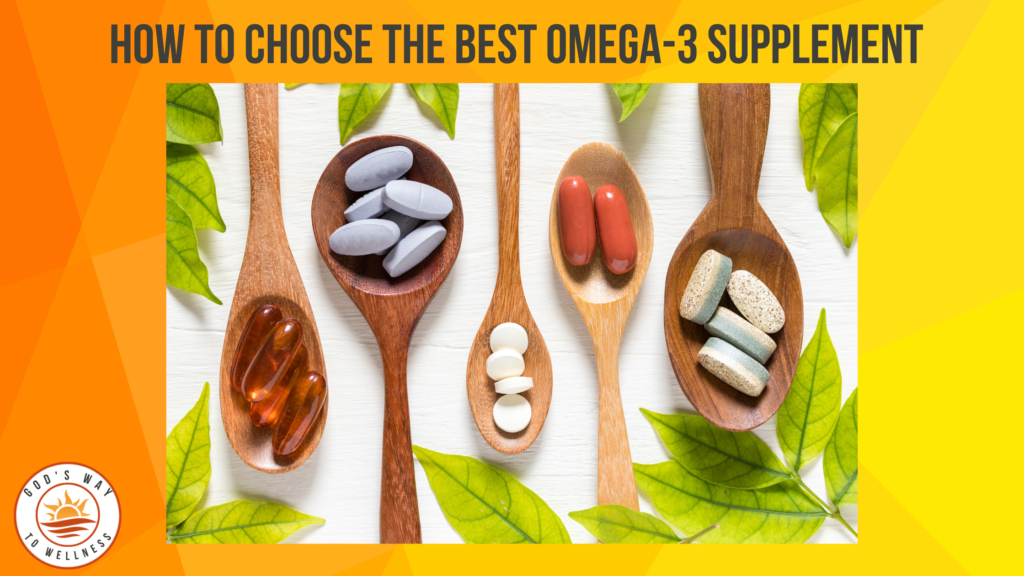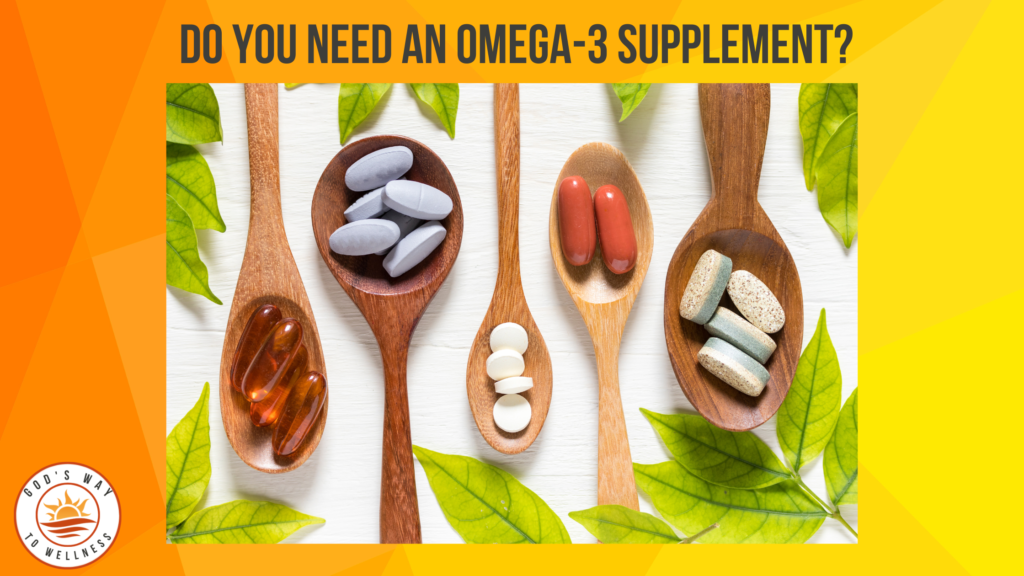Did your parents tell you to eat your veggies when you were a kid? I’ll bet they didn’t tell you plants contain toxic chemicals. Yes, they do, but controversy exists. Carnivores avoid most plants and only eat meat, but vegetarians and vegans avoid meat and eat only plants. What is the answer to this dilemma?
Some plants are poisonous and should not be eaten by humans or animals at all. But other plants contain toxic chemicals that are not really poisonous to humans, but may cause adverse reactions. These chemicals, called antinutrients, are defense mechanisms for plants—to keep insects and animals (including humans) from eating them. (Isn’t it strange to think plants consider us their enemies because we eat them?)
Antinutrients block absorption of nutrients in the gut and may cause digestive issues such as leaky gut. Also, eating large amounts may cause severe symptoms such as diarrhea and vomiting. Some people are more sensitive to plants containing these toxic chemicals and should avoid them altogether.
Here are four of the toxic chemicals found in plants.
Lectins
Lectins are proteins found in most all plant species. They cause problems in the digestive tract by adhering to the walls of the gut and causing damage to the intestinal wall and inflammation.
Plants highest in lectins include:
- Grains, such as wheat, wheat germ, and brown rice
- Nightshades such as tomatoes, potatoes, bell peppers, and eggplant
- Legumes such as kidney beans, soybeans, peas, and peanuts
In most cases, heat during cooking drastically lowers or eliminates lectins. Always soak and thoroughly cook all beans and legumes to reduce lectins to safe levels.
To reduce the effect of lectins, try these swaps:
- Substitute sweet potatoes, which are lower in lectins, for white potatoes.
- Swap out almond butter or other nut butters for peanut butter, because the lectins in peanuts are not destroyed by heat.
Phytic acid
Phytic acid, also known as phytates, is another class of toxic chemicals in plants. They block the absorption of many essential minerals such as magnesium, zinc, calcium and iron, and may irritate the gut, even when cooked.
All edible nuts, seeds, grains, and legumes contain at least some phytic acid.
Plants high in phytic acid:
- Legumes such as kidney beans, lentils, and soybeans
- Sesame seeds, linseeds, and sunflower seeds
- Wheat bran and wheat germ
- Nuts such as almonds, and Brazil nuts
Some techniques to reduce phytic acid are soaking and cooking beans and legumes, sprouting seeds, and fermentation. Combining garlic and onions with foods high in phytic acid increases the adsorption of iron and zinc.
Oxalic acid
Oxalic acid is another toxic chemical found in plants. It binds to calcium in the blood and form crystals which can be deposited anywhere in the body, especially in the kidney, causing kidney stones.
Large quantities of these plants may cause severe symptoms such as nausea, diarrhea, and muscle pain.
Plants high in oxalic acid:
- Cruciferous vegetables: kale, broccoli, cauliflower
- Leafy greens such as spinach, swiss chard, endive
- Beets
- Rhubarb
- Cocoa powder
- Peanuts
- Sweet potatoes
Reduce effects of oxalic acid by steaming or boiling the vegetables, drinking plenty of water, and getting enough calcium.
Gluten
Wheat and other grains contain an indigestable protein called gluten. The body produces an immune response to the undigested substance, causing inflammation and leaky gut. The result is celiac or non-celiac gluten sensitivity.
Foods containing gluten:
- Wheat including wheatberries, durum, emmer, semolina, spelt, farina, farro, kamut, graham
- Barley, rye
- Beer and malted beverages
- Many processed foods such as pasta, crackers, bread, pastries, cereal, sauces, gravies, tortillas, meat substitutes, soy sauce
How to avoid gluten:
- Substitute gluten-free flours such as cassava flour for baking
- Read nutrition labels to avoid anything containing wheat and its derivatives
Final thoughts
A diet full of colorful plants contains fiber, vitamins, minerals, antioxidants, polyphenols and other compounds essential for our wellness. However, moderation and balance are important.
Large amounts of raw vegetables and wheat products in your diet may cause undesirable side effects because of toxic chemicals in plants. But eating only animal products deprives the body of essential nutrients.
Here are a few more ways to lessen the impact of toxic chemicals in plants.
- Peel your fruits and veggies, because antinutrients are more concentrated in leaves, peels and seeds of the plant.
- Eat seasonally and locally. Fruit contains fewer lectins when ripe. Unripe fruit transported long distances is sprayed with chemicals to appear ripe.
Eat your veggies! But be aware of these and other toxic chemicals in plants.



